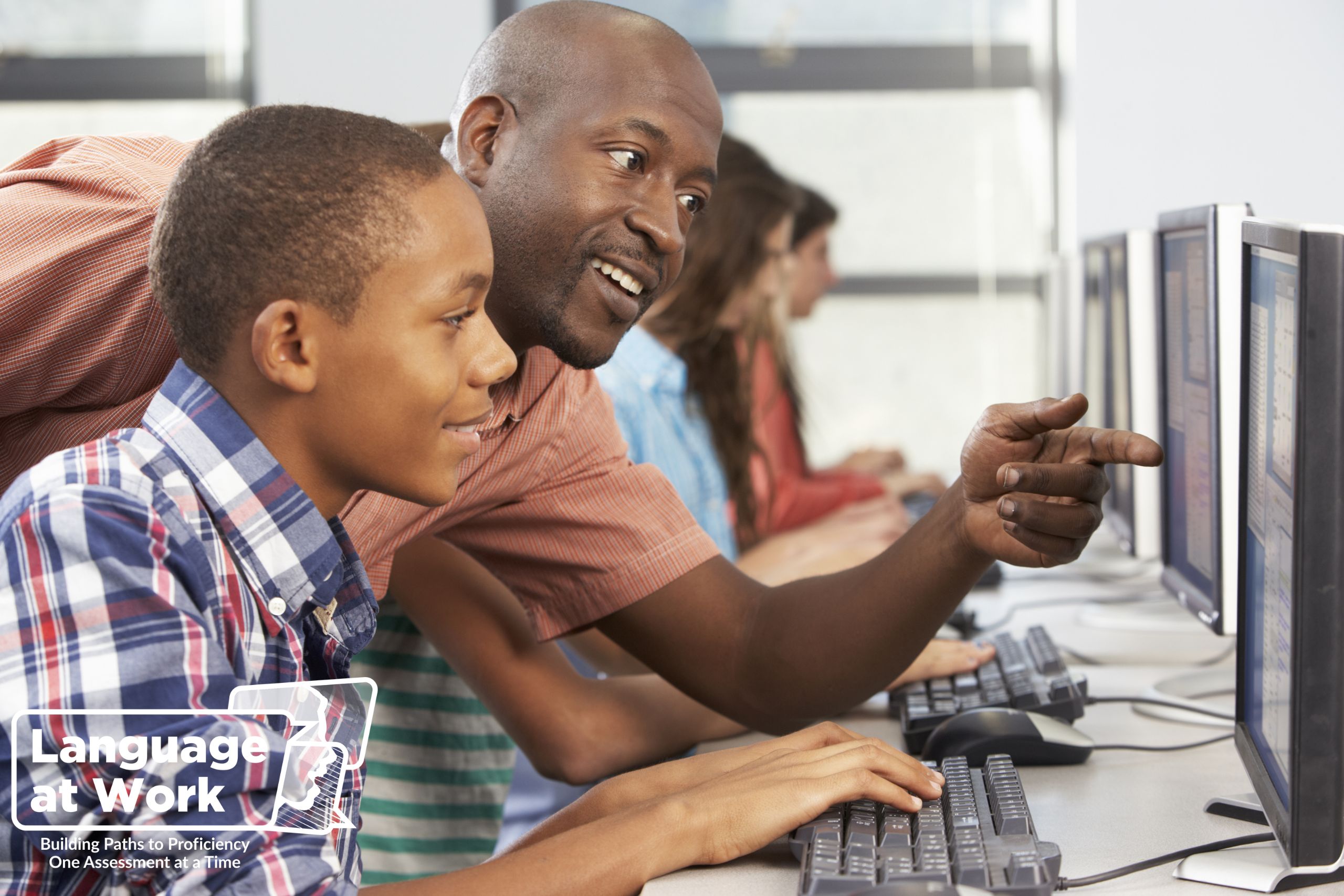
Five years ago, we became an early adopter of the Ohio Seal of Biliteracy, a prestigious award for our high school students who demonstrate a high level of proficiency in at least two languages. We envisioned the Seal as a way to honor our highest performing world language students, as well as to honor and celebrate the linguistic diversity in our school among our English Language Learners.
Transition to Proficiency-based Instruction
As a department, our school had already pivoted gradually from a grammar-first instructional approach to a communication-based one, following the lead of the Ohio Department of Education’s rollout of standards closely tied to ACTFL Proficiency Guidelines back in 2012.
Selecting the Best Language Assessment
After reviewing the nearly dozen options for testing, we landed on the ACTFL Assessment of Performance toward Proficiency in Languages (AAPPL) for several reasons. For starters, it reinforces our switch to communication-based pedagogy and assessment. Our students were already learning to measure and reflect on their linguistic growth based on the ACTFL Proficiency Guidelines, so it made sense to go with the official ACTFL assessment provided by LTI for our Seal testing. We wanted to prepare our students for real-world language use, and the AAPPL most closely resembled such interactions. In addition, the AAPPL is the most cost-effective option, and its flexibility allows for sections to be taken whenever is most convenient. The AAPPL is, of course, the only test that offers official ACTFL scores, which was also important to us. We value the separate scores for each of the modes (Interpretive Listening, Interpretive Reading, Presentational Writing, and Interpersonal Listening and Speaking), as this allows us to identify strengths and weaknesses by skill, to retest specific areas after further instruction, and to then present students’ best scores (sometimes called “superscoring”) for the attainment of the Seal of Biliteracy. Finally, we appreciate the dedicated support team at LTI that is always available to help with test administration.
Rollout of the AAPPL
We rolled out the program slowly at first, testing 15 volunteers, primarily senior-year Spanish students in year one, with two earning the required ratings for the Seal of Biliteracy. They earned a spot in the local paper, and we learned that listening scores were phenomenal– every student scored I-5 or higher. However, our other scores left something to be desired, especially Interpersonal Listening and Speaking, in which most scored I-1 or lower. On a more positive note, these initial students outdid the national average in every section of the test, proving that our increased priority on communication was bearing fruit.
Each year since, we have had an upward trend, expanding the program even during COVID, a time during which AAPPL’s at-home proctoring option was crucial. From little more than a dozen students in one language, we have increased to over a hundred students in both languages that we offer (Spanish and German). We have now had students of Spanish, English as a New Language, and German earn the Seal of Biliteracy. Our scores in Spanish continue to outpace the national average, even with increasing the number of test takers and bringing more third-year students into the program. Our German scores have improved as well, and we use the data we get from testing to strengthen our curriculum and test prep activities. Unlike other “standardized testing,” which is often criticized for encouraging a teach-to-the-test approach, we have found that the more we incorporate comprehensible, authentic experiences from pen pals to stories and news, to video chats and guest speakers from around the world, the better our students do both on the AAPPL and in the real-life situations that many of them are inspired to pursue during and after our program.
Looking Ahead
Half a decade in, we continue to choose the AAPPL for many of the same reasons that we started with it. It is one of the primary tools for us and our students as we continue to prepare them to interact with the world through learning another language. The graduating Class of 2023 earned an astonishing 15 Seals of Biliteracy, and the Class of 2024 has already earned 16! For us, we know that our students are well prepared if they choose to continue their language studies, to study abroad, to pursue a career as a teacher or a translator, or simply to look back fondly on their cross-cultural experiences as they live out their lives. One of our earliest Seal of Biliteracy earners recently returned from a semester abroad in Murcia, Spain, and is studying computational linguistics. Many others are choosing to major or minor in Spanish, and one recent student who did not earn the Seal of Biliteracy but came close is applying for a Fulbright to the Dominican Republic. Using the AAPPL has created meaningful motivation among our students, with a reliable measure of achievement that benefits them in the real world.
What can the AAPPL do for your program?




